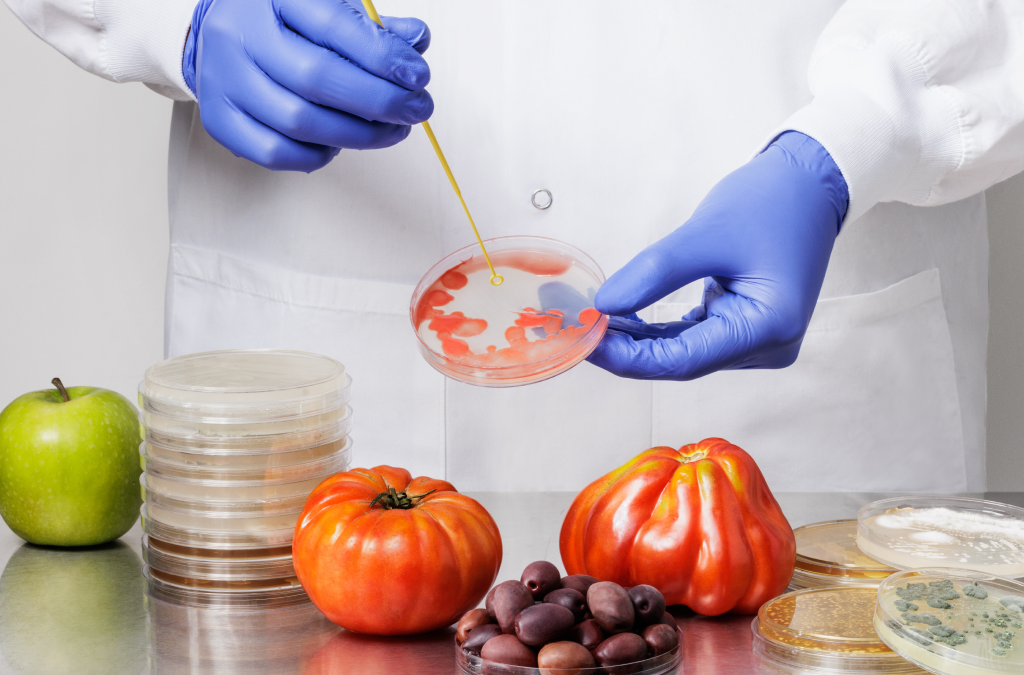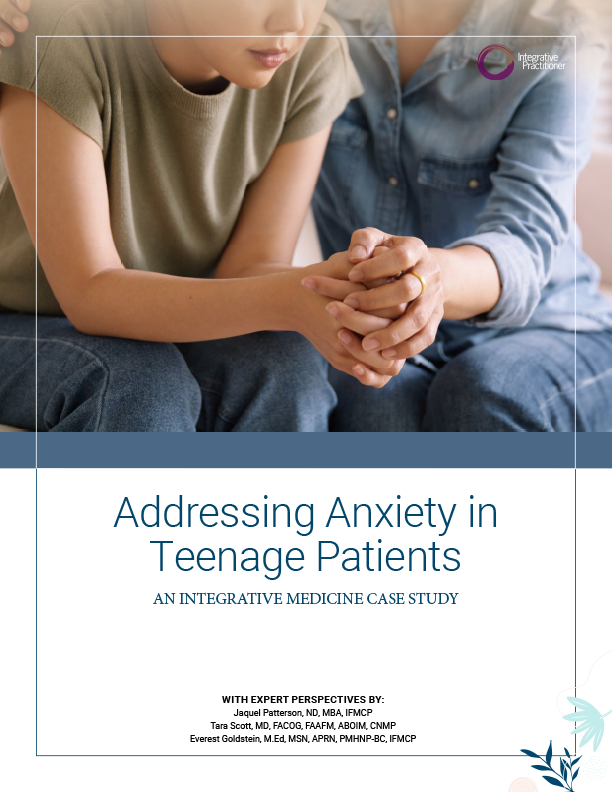UMass Amherst study finds two cosmetics chemicals damage DNA of breast cells
Photo Cred: UMass Amherst
By Katherine Shagoury
Two common chemicals used in cosmetics and sunscreens can cause DNA damage in breast cells at surprisingly low concentrations, while the same dose did not harm cells without estrogen receptors, according to a new study by researchers at the University of Massachusetts Amherst and published in the journal Environmental Health Perspectives.
The study, led by Joseph Jerry, PhD, identifies a new mechanism by which estrogens and xenoestrogens, environmental chemicals that act like estrogens, may promote breast cancer. The two compounds, examined in cells grown in the lab and in the mammary glands of mice, were the ultraviolet filter benzophenone-3 (BP-3), also known as oxybenzone, and propylparaben (PP), an antimicrobial preservative found in cosmetics and other personal care products.
Previous research on the impact of BP-3 and PP focused on the exposure necessary to activate specific genes in cancer cells or accelerate their growth. Those effects required concentrations that exceed the levels that most women are normally exposed to. The new research shows that DNA damage in breast cells with estrogen receptors occurred at concentrations that are a fraction of that required to stimulate proliferation or gene expression.
Jerry and colleagues decided to look at whether PP and BP-3 have estrogenic effects at concentrations relevant to population exposures because they know that estrogen can promote breast cancer.
“It’s not toxic unless the cells have estrogen receptors,” he said in a statement. “So, it’s acting through the estrogen receptor to create this damage. There is no consequence if you test it in other cells.”
Jerry emphasizes that more research is needed to determine what this discovery may mean in terms of consumer guidelines.
“Benzophenone-3 is a sunscreen that works,” he said. “If you use it, you can prevent skin cancer. Am I arguing you shouldn’t use sunscreen? I am not. But there may be a subset of people for whom it may present a significant hazard, such as women at high risk for breast cancer or those with a history of estrogen receptor-positive breast cancer.”
















